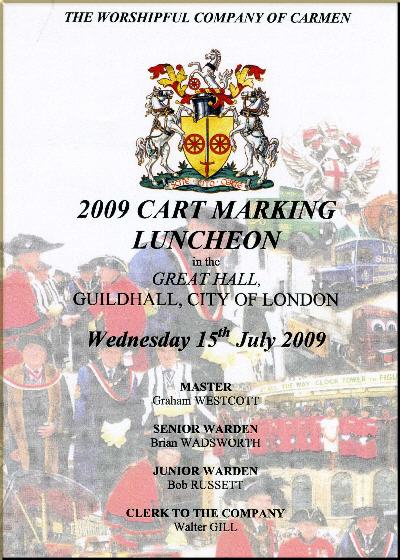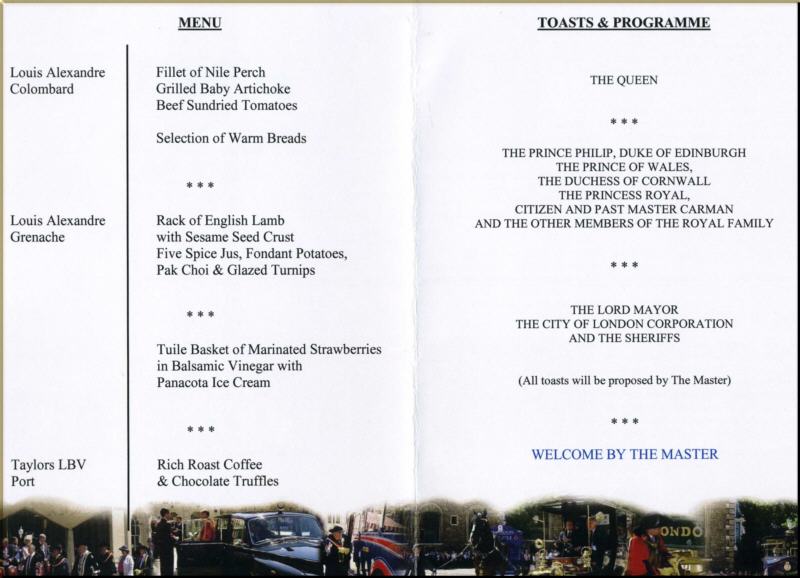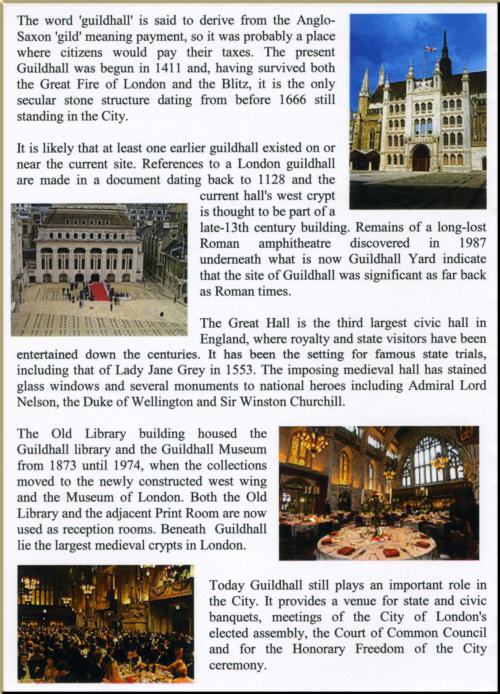
Tel: 020 7620 1818 email: cookandbutler@btconnect.com
The Worshipful Company of Carmen
www.thecarmen.co.uk
Cart Marking 2024 Luncheon
July 2024, Great Hall, Guildhall, City of London



Cart Marking 2023 Luncheon
July 2023, Great Hall, Guildhall, City of London



Cart Marking 2022 Luncheon
July 2022, Great Hall, Guildhall, City of London



Cart Marking Luncheon
July 2019, Guildhall, City of London
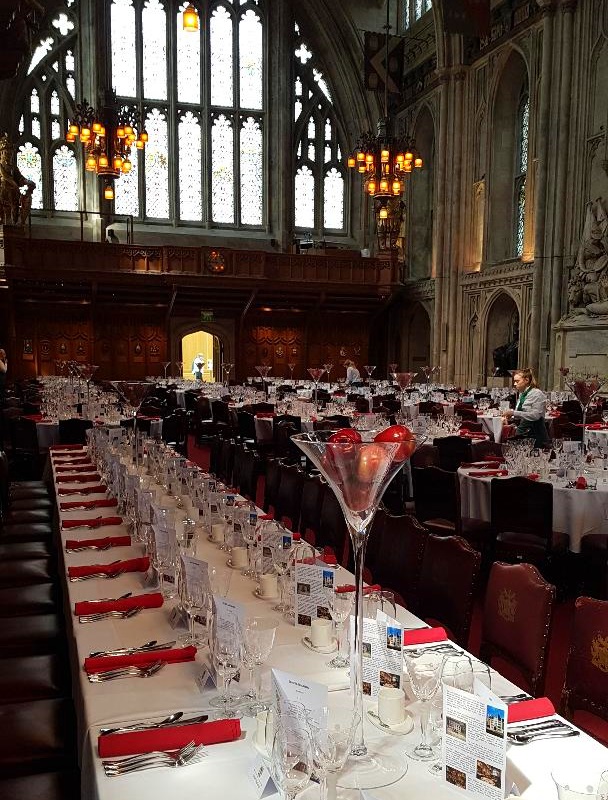
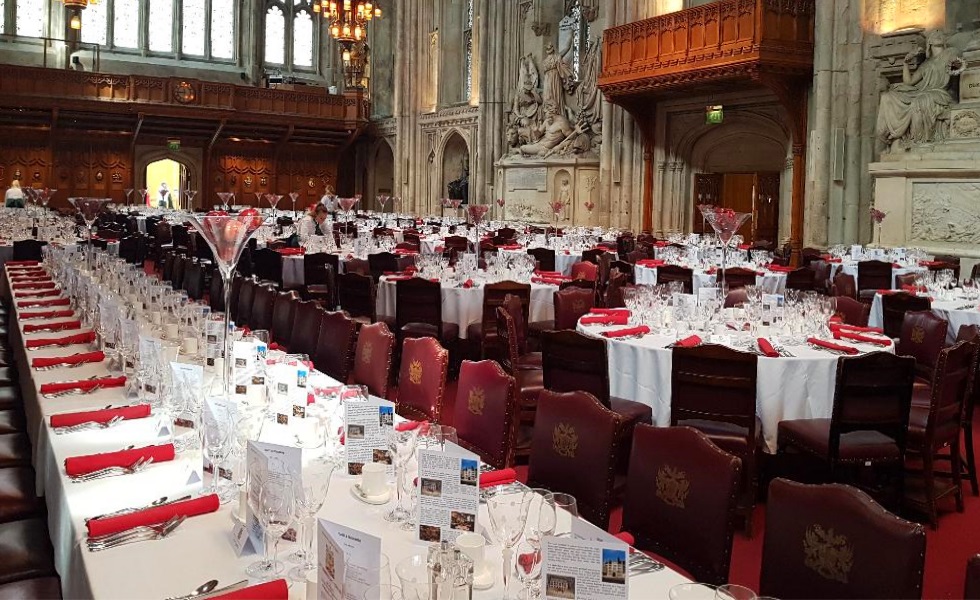

Cart Marking 2018 Luncheon
July 2018, Great Hall, Guildhall, City of London

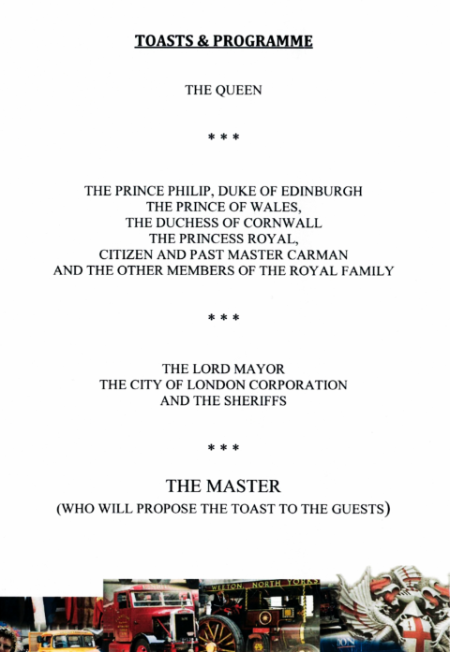
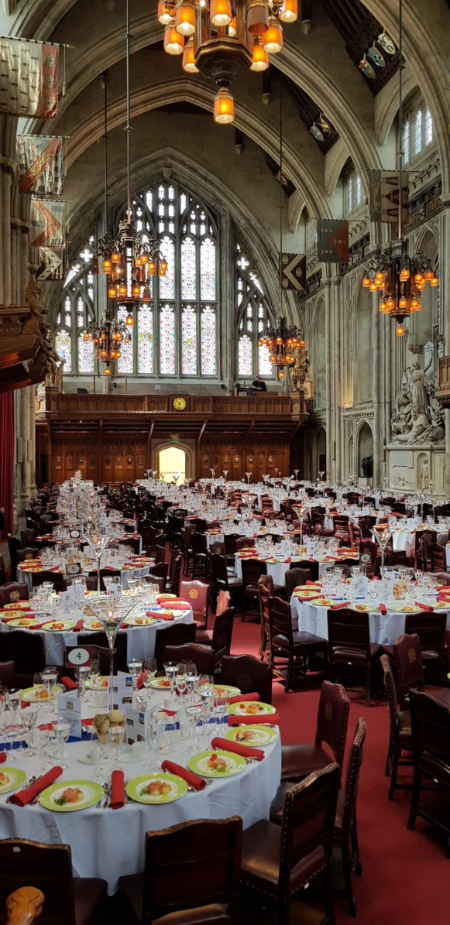

The Carmen Silvera Award Luncheon
June 2018, Trinity House, London


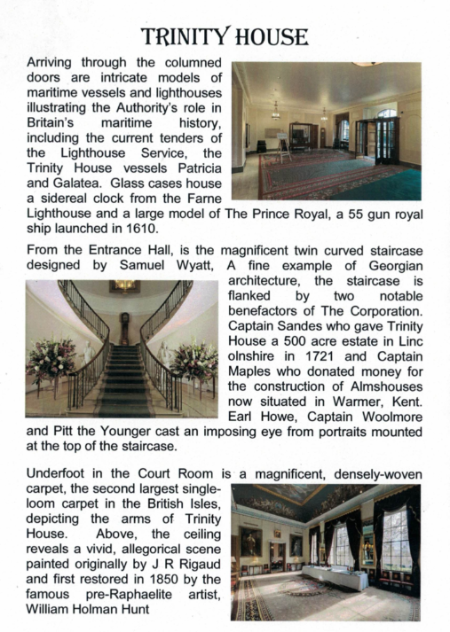

Instalation Court Luncheon
October 2017, Stationers' Hall, London


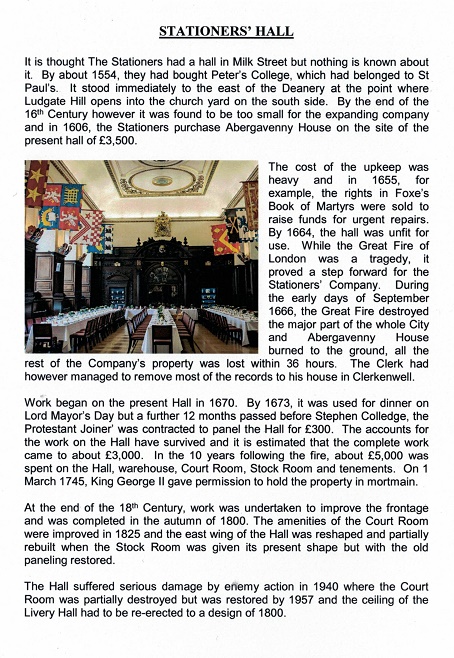

Carol Service Supper
December 2016, The Livery Hall at Guildhall, City of London
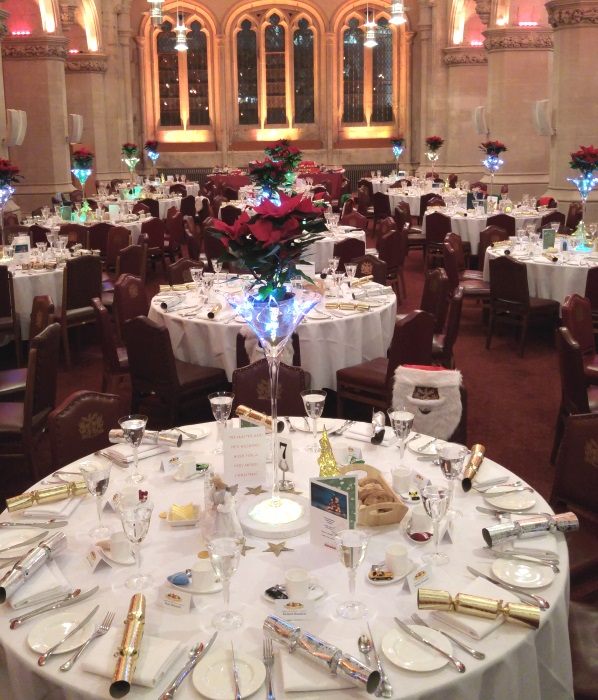
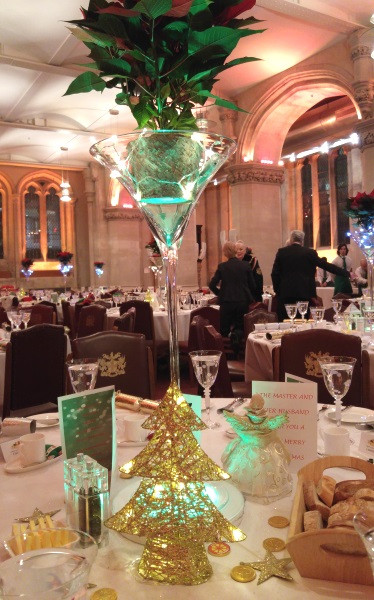
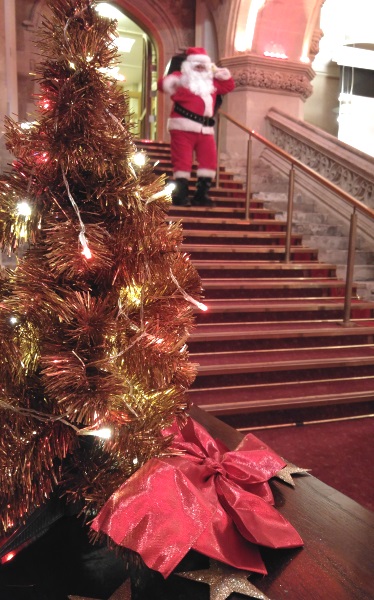






Cart Marking Luncheon
July 2016, Guildhall, City of London
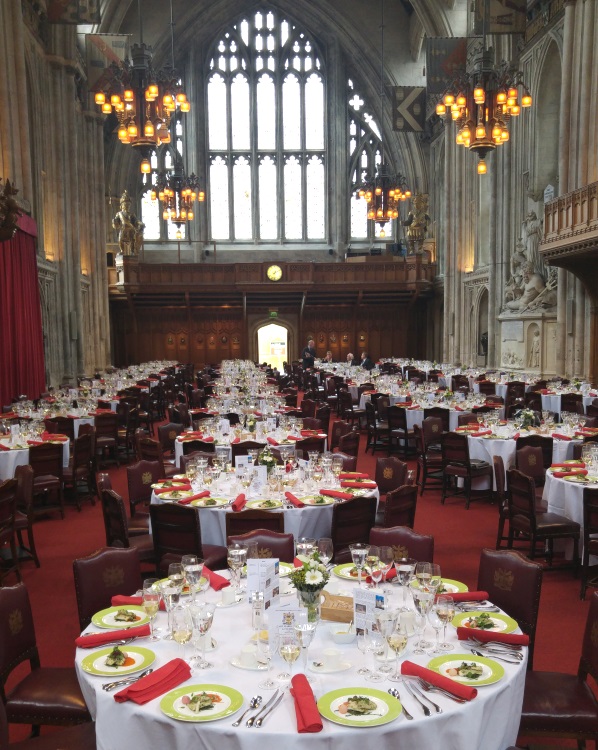




Cart Marking Luncheon
July 2015, Guildhall, City of London
following the 2015 Cart Marking Ceremony
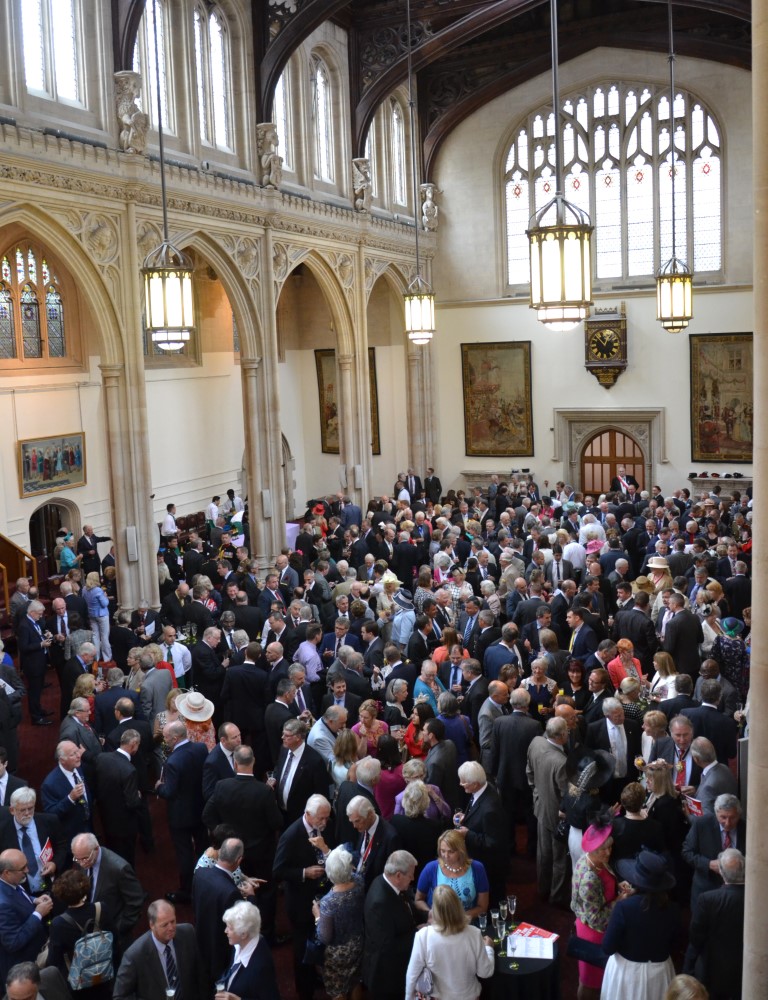
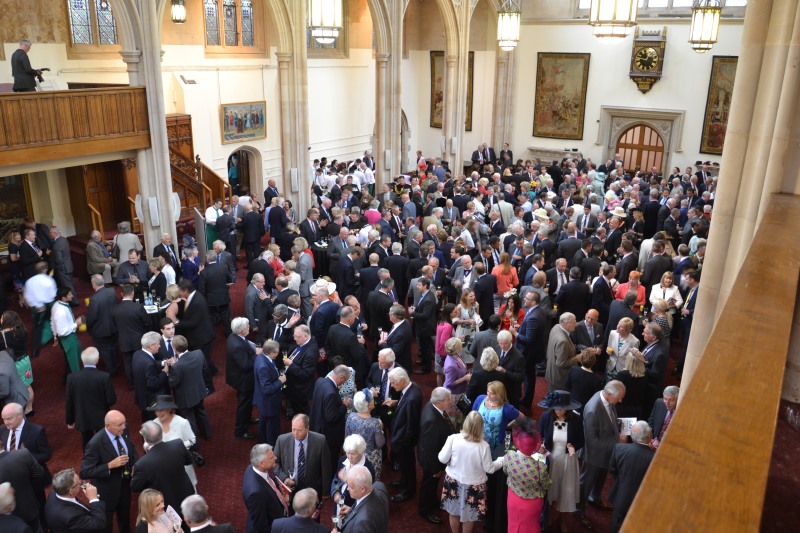

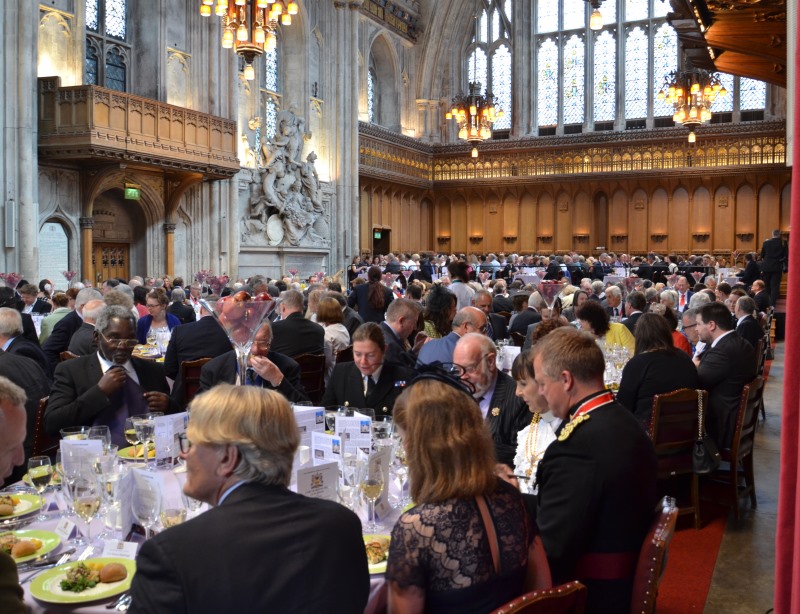
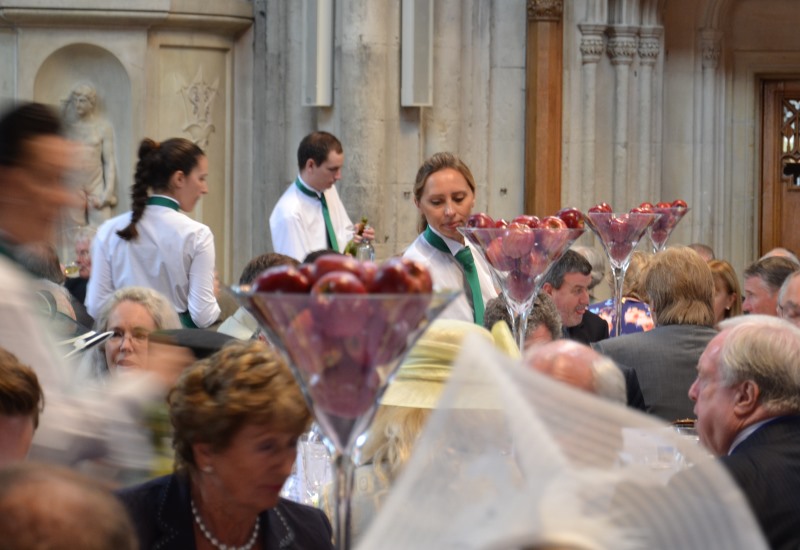
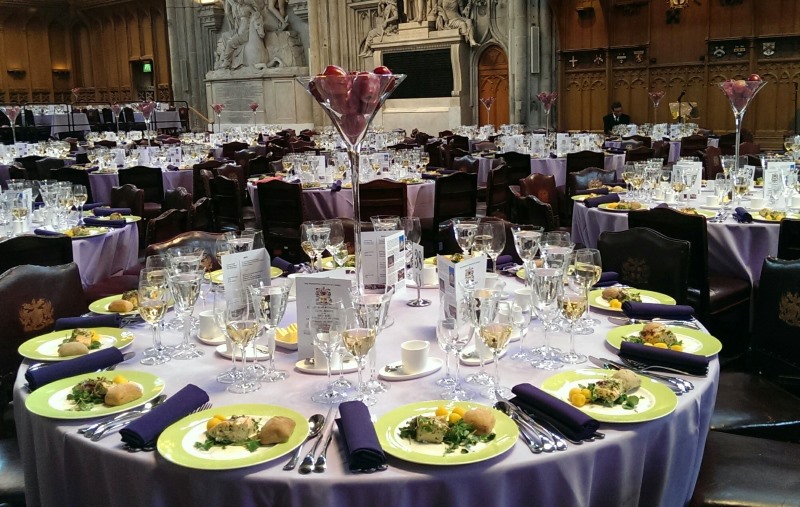



Joint Services Dinner
April 2015, Guildhall, City of London

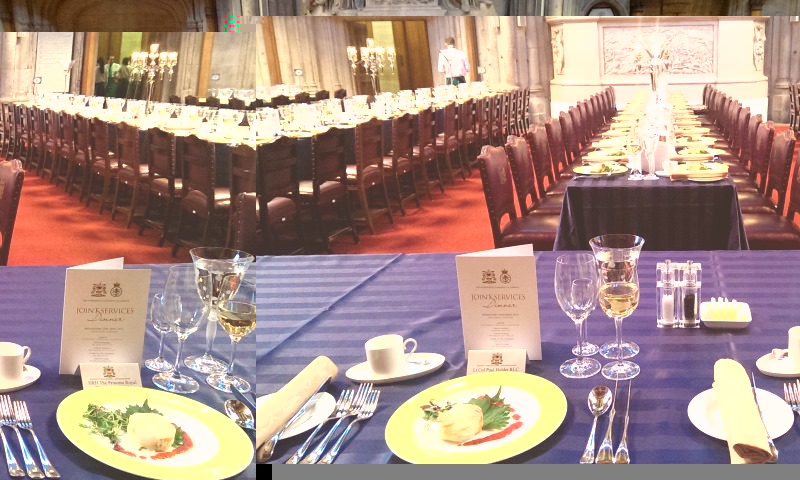




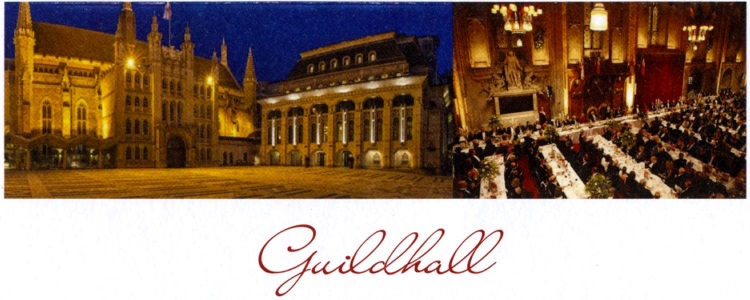
The word 'guildhall' is said to derive from the
Anglo-Saxon 'gild' meaning payment, so it was probably a place where
citizens would pay their taxes. The present Guildhall was begun in 1411 and,
having survived both the Great Fire of London and the Blitz, it is the only
secular stone structure dating front before 1666 still standing in the City.
It is likely that at least one earlier guildhall existed on or near the
current site. References to a London guildhall are made in a document dating
back to 1128 and the current hall's west crypt is thought to be part of a
late-13th century building. Remains of a long-lost Roman amphitheatre
discovered in 1987 underneath what is now Guildhall Yard indicate that the
site of Guildhall was significant as far back as Roman times.
The Great Hall is the third largest civic hall in England, where royalty and
state visitors have been entertained down the centuries. It has been the
setting for famous state trials, including that of Lady Jane Grey in 1553.
The imposing medieval hall has stained glass windows and several monuments
to national heroes including Admiral Lord Nelson, the Duke of Wellington and
Sir Winston Churchill.
The Old Library building housed the Guildhall library and the Guildhall
Museum from 1873 until 1974, when the collections moved to the newly
constructed west wing and the Museum of London. Both the Old Library and the
adjacent Print Room are now used as reception rooms. Beneath Guildhall lie
the largest medieval crypts in London.
Today Guildhall still plays an important role in the City. It provides a
venue for state and civic banquets, meetings of the City of London's elected
assembly, the Court of Common Council and for the Honorary Freedom of the
City ceremony.


